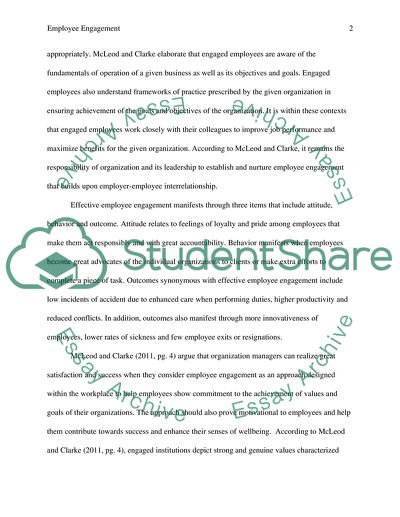Cite this document
(“Contemporary issues in employment relations - topic EMPLOYEE Essay”, n.d.)
Retrieved from https://studentshare.org/human-resources/1631867-contemporary-issues-in-employment-relations-topic-employee-engagement
Retrieved from https://studentshare.org/human-resources/1631867-contemporary-issues-in-employment-relations-topic-employee-engagement
(Contemporary Issues in Employment Relations - Topic EMPLOYEE Essay)
https://studentshare.org/human-resources/1631867-contemporary-issues-in-employment-relations-topic-employee-engagement.
https://studentshare.org/human-resources/1631867-contemporary-issues-in-employment-relations-topic-employee-engagement.
“Contemporary Issues in Employment Relations - Topic EMPLOYEE Essay”, n.d. https://studentshare.org/human-resources/1631867-contemporary-issues-in-employment-relations-topic-employee-engagement.


